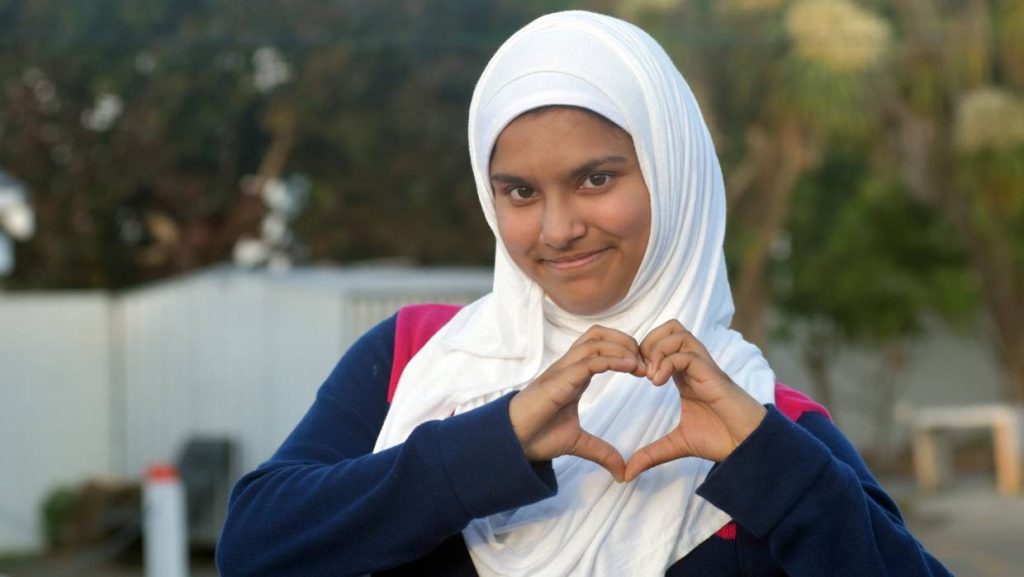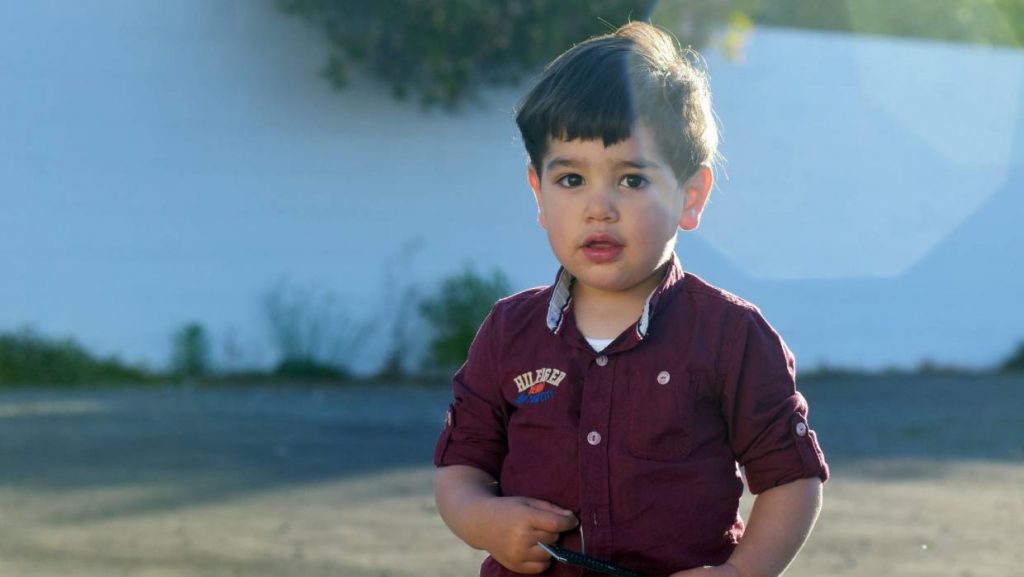- “I don’t want people to look at the mosque and think of tragedy.”
- “I want them to look at the mosque and think good thing.”
For three days this week, Al-Noor mosque in Christchurch will be lit blue to mark World’s Children’s Day and spread a message of peace, Stuff reported.
“These lights are for all New Zealanders, not just Muslims,” Jumayah Jones, a community leader at the mosque, said.
“There’s no difference between you and me,” she said. “The mosque is for everyone.”
The UNICEF marks the World Children’s Day on November 20 every year.
Each year, on this day, Unicef turns the world blue for every child, illuminating iconic monuments and buildings around the world, as a way to symbolize nations and cultures coming together.
In 2018, such monuments included the Sydney Opera House, the archaeological city of Petra, the Rashtrapati Bhavan in Delhi, the Abuja City Gate in Nigeria, and Eden Park in Auckland.
This year, Unicef New Zealand executive director Vivien Maidaborn said the organization worked with the Muslim community in Christchurch to light the mosque blue as “a symbol of unity”.
“It’s a poignant reminder that all children have the right to be safe,” Maidaborn said.
“They have the right to take part in their own culture, to practice their own religion, to speak their own language, and to express their opinions freely.”
Along with Al-Noor mosque which witnessed March-15 massacre in which 51 were killed, other New Zealand landmarks that will shine blue in support of child rights include the Porirua Te Rauparaha Memorial, Wellington’s Carter Memorial Fountain and the Michael Fowler Center.

Sharing Community
Taking part in the Unicef initiative, Jumayah Jones extended an invitation to the larger Christchurch community to view the blue lights in the mosque.
Jumayah added the community felt privileged to take part in a unified message with communities around the world.
“Children are our future, and this means we have to look after them.”
“We love them and we want them to feel safe,” she continued. “It’s very important, especially after this tragedy.”
Sarah Qader, who works at the mosque as an intercultural facilitator, believes this message of unity might help to recalibrate how people view the mosque.
“I don’t want people to look at the mosque and think of tragedy.”
“I want them to look at the mosque and think good things,” she said. “There is peace here. There are children playing here. We still pray here every day.”
“The blue lights are a new reason to look at the mosque, a way of looking at it differently.”

World Children’s Day
Children’s Day is the day celebrated by the UN on the 20th of November. Globally, different countries have different days as Children’s day.
Children’s Day began on the second Sunday of June in 1857 by Reverend Dr. Charles Leonard, pastor of the Universalist Church of the Redeemer in Chelsea, Massachusetts.
Children’s Day was first officially declared a national holiday by the Republic of Turkey in 1920 with the set date of 23 April.
Even though Children’s Day is celebrated globally by most of the countries in the world (almost 50) on 1 June, Universal Children’s Day takes place annually on 20 November.
First proclaimed by the United Kingdom in 1954, it was established to encourage all countries to institute a day, firstly to promote mutual exchange and understanding among children and secondly to initiate action to benefit and promote the welfare of the world’s children.